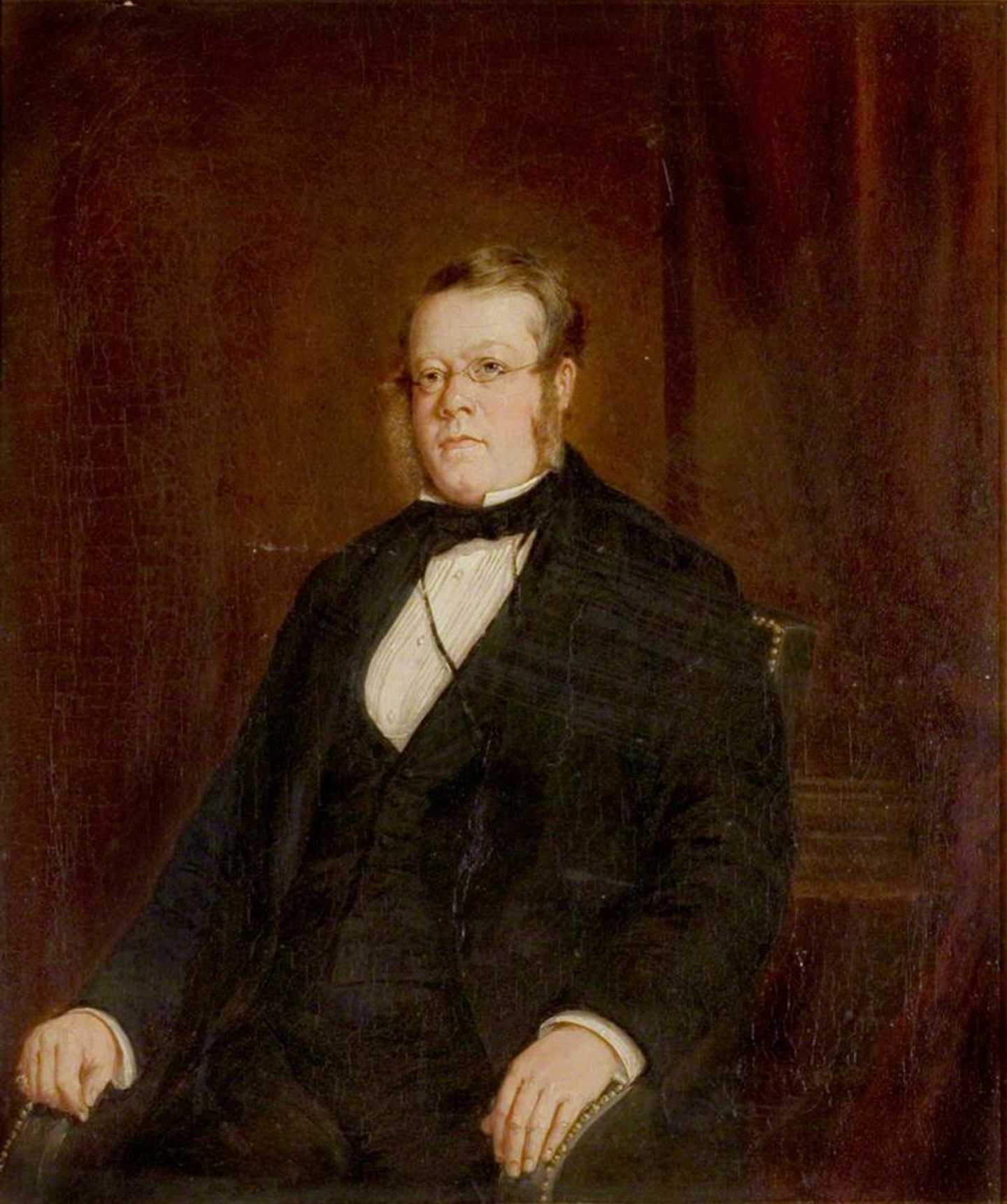John Johnson’s career on the cricket field is very difficult to evaluate, as his contemporary in Nottingham was Isaac Johnson, whose career runs parallel to John. There may well be a third 'Johnson' appearing for Notts in the same era so all records should be regarded as provisional.
Although born in Leicester, on 24 January 1810, John Johnson lived and worked in Nottingham for many years. His enthusiasm for cricket was well-known and he played his first match on The Forest in 1822, as long-stop for his school.
It would appear that he played twice in major matches for Nottingham, both in 1848 v Sheffield. A solicitor with a large practice in Nottingham, he was Hon Secretary to a number of local cricket clubs and became Hon Secretary to the County Club, a post he held for some twenty years.
In 1866, George Parr presented John Johnson with a silver goblet and salver from the players in recognition of his services. When he retired from the secretaryship two years later, John Johnson was elected vice-president of the Club.
His support for Nottinghamshire cricket was second to none. It was probably his hand that got the first pavilion built on the Trent Bridge ground and he seems to have been the instigator of the annual Notts Colts trial, where 22 hopeful youngsters played a two-day game against Notts 1st XI.
Success by a colt in this match almost ensured at least a trial with the County side. He attended at his own expense all matches, both home and away.
He died in Bassingfield, Holme Pierrepont in January 1877 and in his will left £500 as well as his cricket library to Richard Daft.
John Johnson had returned to his native county and was buried at St Mary Magdalen church in Knighton, for which church he had endowed stained glass windows and some Minton tiled flooring.
The portrait of John Johnson that features here currently hangs above one of the doors to the Long Room at Trent Bridge.
April 2024
Nottinghamshire First Class Number 71
